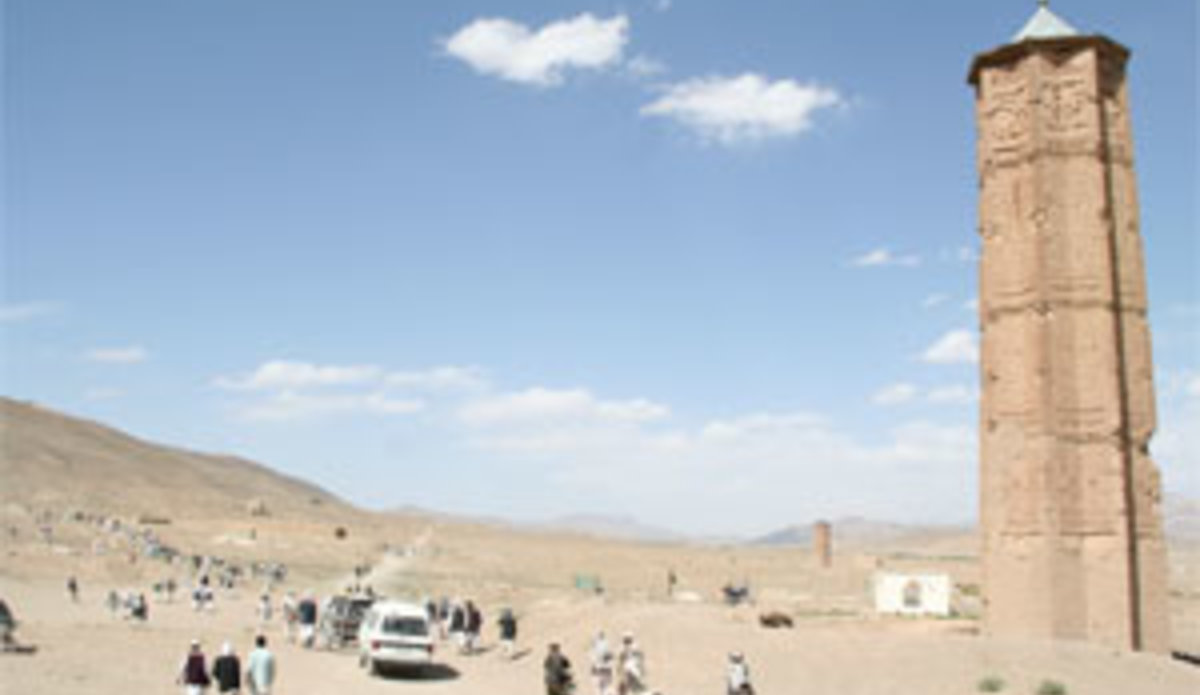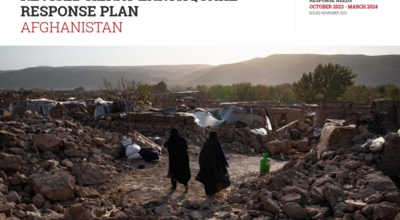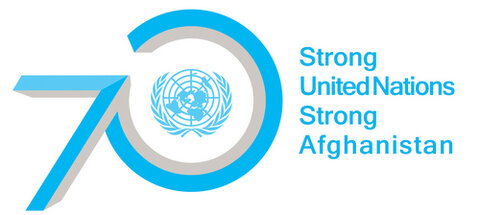'Afghanistan and the Silk Road: The land at the heart of world trade' by Bijan Omrani
8 March 2010 - One belief that the Western world often held about Asia and the East was that it was a land of enormous luxury and wealth.
One Western poet from the 19th century, James Elroy Flecker, summed up this view by describing the way eastwards as “The Golden Road.”
Although the West might not have such an opinion of Afghanistan at this present time, for hundreds, indeed thousands of years until quite recently, the stereotypical Western idea that the East – and Afghanistan – was a land of great wealth was in fact perfectly true.
For centuries, Europe was in world terms, a poverty-stricken and unimportant territory, whereas the East was the land of affluence, high-value international trade and intellectual achievement; and in these areas, Afghanistan can claim to have been a leader of the East.
Afghanistan can thank its geographical position for its wealth. It sits at the heart of Central Asia, at the meeting point of ancient trade routes – known together as “The Silk Road” – that go out to all parts of Asia. Some lead east to China; some north to the great cities of Bokhara, Samarkand and Khiva, and then to the nomadic steppe; some south-east into India; and others east into Iran, which then lead to the Mediterranean Sea and Europe. Goods wanting to pass between any of these places had to go through Afghanistan, and thus Afghan cities, strategically placed on these trade routes, were able to benefit massively as places of mercantile exchange.
Afghanistan’s impact on world trade can be seen very far back in history. For example, the blue lapis lazuli stone in the famous funeral mask of the Egyptian Pharaoh Tutankhamun was exported from Badakhshan in Afghanistan to Egypt in 1300 BC.
Even before that, around 2500 BC, lapis lazuli was exported from Afghanistan to Iraq for the harps buried with the kings of the ancient city of Ur, some of which can now be seen in the British Museum. This shows how long the trade routes have been in operation, and how far they reached.
By the 2nd century BC, it is known that the trade routes stretched even as far as China. In 130 BC, a Chinese traveller named Zhang Qian, sent by the Chinese Emperor, established relations with the people living in north Afghanistan based around Balkh. He found that they were “shrewd traders” and that Balkh “had markets for the sale of all sorts of merchandise.”
Shortly after Zhang Qian’s mission, regular trade missions were set in train which allowed merchandise to pass all the way from China to the Roman Empire in the west, and the Silk Road network could be said to be fully in operation.
The Silk Road had its heyday from the 1st century BC to the 3rd century AD. In the area of Afghanistan at this time, the powerful Kushan Empire was in control, which ruled not only most of modern-day Afghanistan, but also parts of Pakistan, Tajikistan and Uzbekistan as well.
A huge volume of goods passed through Kushan hands, including silk from China, rubies and lapis lazuli from Badakhshan, spices, ivory and chrysotile (used for making incombustible asbestos cloth) from India, silverwork from the Persian empire, and finished goods from the Roman empire – gold, cut gems, glass vessels, amber, frankincense, asbestos cloth, amphorae and statues.
Some of the magnificent wealth of Afghanistan in the Kushan period came to light in 1937, when the summer capital of the Kushan Empire – Kapisa, near Bagram – was excavated. Merchants’ warehouses were discovered containing goods from all over the ancient world: vividly painted and highly valuable glass vases from Syria and Egypt; hundreds of ivory carvings from India, many engraved with astonishingly fine workmanship; and even statues and dishes with images of Roman and Greek gods, imported all the way from Italy. The size and variety of the collection bears witness not only to the prosperity of Afghanistan at the time, but how connected it was to many far-flung places in the ancient world.
It was not only in terms of trade, money and luxury goods that the Silk Road had an overwhelming effect. It was also vitally important in the transport of ideas.
The poet James Elroy Flecker, portraying a merchant about to set out on the Silk Road, wrote that he set out eastwards not so much for money, but “For lust of knowing.” Religions such as Buddhism were conducted by merchants and travellers along the Silk Road, and some of the most important accounts of the land of Afghanistan before the 8th century come from Chinese Buddhist monks who were travelling to India via Afghanistan to seek Buddhist documents.
In Afghanistan, thanks to traders travelling and mixing there from many different places, new ideas were born from old ideas being mixed together. The now-destroyed Buddhas of Bamyan illustrate this phenomenon most vividly; the artistic representation of the Buddha is a mix of Greek art, and Indian artistic and religious ideas, which took place in Afghanistan in the time of the Kushan Empire. Islam also, before Arab warriors reached Afghanistan in the 8th century, was carried to Afghanistan on the trade routes, and many religious shrines, their decorations, and in even some cases their customs, might have been inherited by Islam coming into contact with previous religious ideas.
At various times after the Kushan periods, the trade networks were interrupted. It was at these times of chaos, for example the 4th-6th century AD, that the empires based in Afghanistan declined, as their income derived from trade contracted. Equally, the empires flourished when the trade networks were open.
One of the best and more recent examples of this in Afghanistan was the Timurid Empire (late 14th to early 16th century) when the trade networks leading to the west and China were open. It was the time at which some of the greatest Islamic buildings were built, for example the Mosalla at Herat, and great Islamic writers such as Jami were working. However, thanks to the great level of trade in goods and ideas, the Islamic buildings at the time had Chinese patterns in their tile-work, and Mongol ideas of law from the steppe were incorporated into Islamic law.
The Silk Road in essence ceased to function when naval technology advanced in the 15th-16th centuries, so that it became possible to sail ships and transport goods much more easily around the world by sea than overland.
As luxury goods began to be transported by sea and the overland trade routes decayed, the kingdoms in Afghanistan lost one of the best sources of their revenue. However, many echoes of the Silk Road can still be felt in Afghanistan today. The vivid paintings on the trucks driven between Peshawar and Jalalabad are a modern version of the charms and talismans with which traders would adorn their caravans to ward off evil.
Silk Road traditions, such as leaving scraps of clothing on roadside shrines, still persist, and the main element of Afghan custom, hospitality, can still be owed to the glory days of the Silk Road, when the merchant from the foreign land had to be received with courtesy, since he might not only bring wealth, but a revelation of faith as well.
Bijan Omrani has written extensively on Afghanistan, including Afghanistan: A Companion and Guide, published by Odyssey. His new book, Asia Overland: Tales of Travel on the Silk Road and Trans-Siberian, will be published in April 2010. He is a Fellow of the Royal Geographical Society and Royal Asiatic Society, and sits on the board of the Asian Affairs Journal. He currently teaches at Eton College in the UK.
This article first appeared in the Afghan Update Cultural Heritage Edition, February 2010.
 UN
UN








